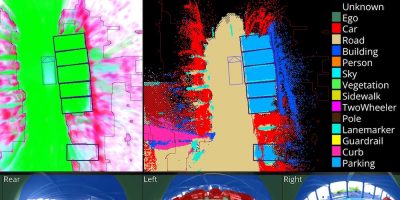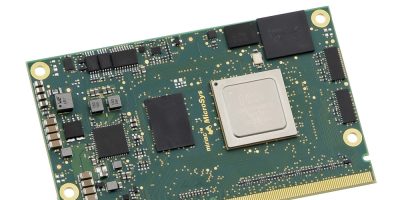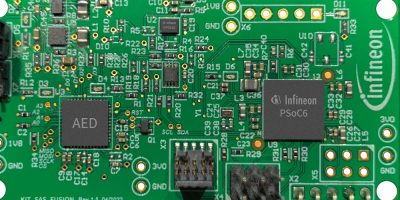BaseLabs may have the answer to every motorist’s prayer when driving around a busy town centre. The sensor fusion specialist has added dedicated functionality for automated parking to its algorithm for processing high resolution sensor data in its Dynamic Grid software.
As a result, Dynamic Grid detects parking spaces from semantically processed camera data. Combined with what is described as a reliable estimation of free space available, it enables the vehicle to automatically approach parking spaces and park independently. This functionality matches with the integrated detection of dynamic and static objects in the Dynamic Grid, said BaseLabs. The algorithm runs on automotive CPUs in real time and is implemented according to ISO 26262.
Using automated parking functions in the public domain imposes strict environmental perception requirements, explained BaseLabs. Static objects like kerbs and parked vehicles need to be detected of course but detecting dynamic objects like pedestrians, bicycles, and other vehicles is even more critical. In addition to these pre-known objects, the systems must also be able to reliably detect pre-unknown moving objects in order to avoid accidents. The Dynamic Grid detects and tracks objects of arbitrary shapes without requiring extensive training, said the company and determines the direction of movement and the velocity of dynamic objects. The sensor data from radars, lidars, or cameras with semantic segmentation is processed in a single integrated step in real time. In this way, it avoids inconsistencies in the environmental model that typically occur when two methods are combined.
“The Dynamic Grid has three key advantages that apply to automated parking: a high detection rate, a low false alarm rate, and it runs on production CPUs”, says Norman Mattern, head of product development at BaseLabs.
“With the Dynamic Grid as a software library, our customers gain very fast and cost-effective access to a sensor fusion technology that is suitable for series production for tomorrow’s driving and parking functions,” added managing director, Robin Schubert.







